New angle on reflected satnav yields sharper sea tracking
Wednesday, 08 September 2021 13:48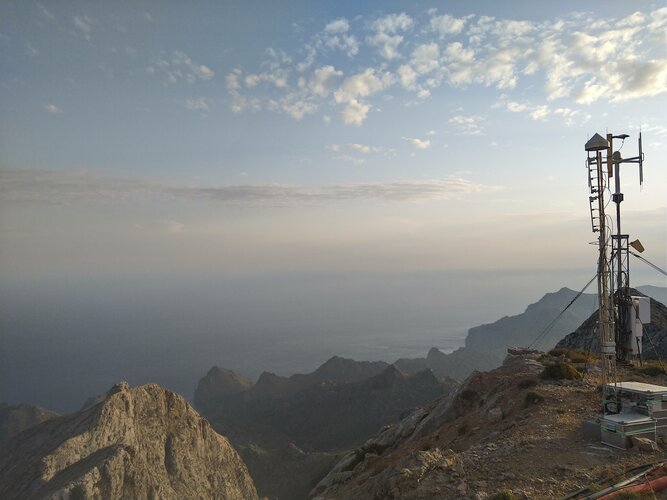
An experimental satellite navigation receiver station high atop Spain’s Mallorca island has opened up a novel view of the ever-changing face of the sea. By picking up satnav signals from the far horizon as they bounce off ocean waves, the receivers are able to measure sea surface height down to a scale of centimetres.
Space junk traffic dangers to be tackled by first-of-its-kind research center
Wednesday, 08 September 2021 12:41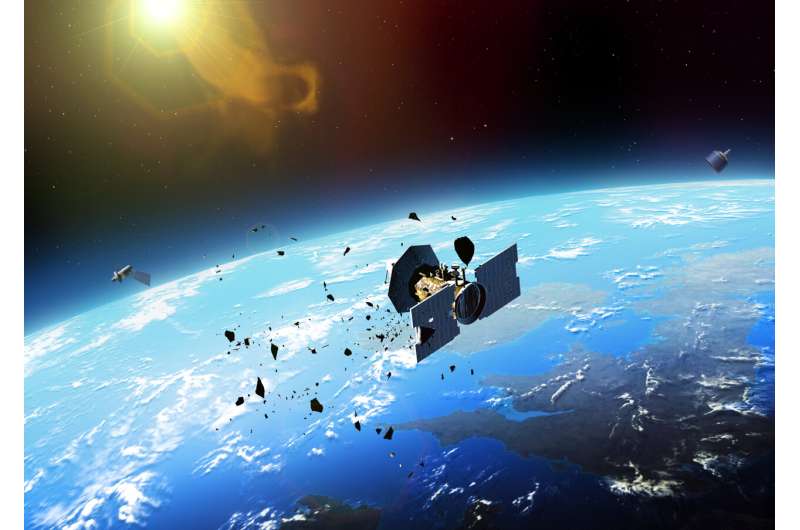
New ways of tackling the threat that space junk in our skies poses are being explored by University of Warwick scientists, as they pioneer new research that could help the UK fulfill its ambition to become a responsible spacefaring nation.
Scientists at a new Center for Space Domain Awareness are to focus attention on threats to the technology filling the skies above our heads in anticipation of a huge expansion in the number of satellites that provide vital services such as communications, navigation and Earth observation.
The University of Warwick is launching the Center for Space Domain Awareness to create a critical mass of research that tackles the growing threats to technology in Earth orbit. From the space junk that could collide with orbiting satellites, to the solar winds that could interfere with their electronics, the researchers at the new Center will pioneer new work to understand and characterize the near-Earth environment to support scientific, commercial, governmental and military applications.
Isar Aerospace to launch OroraTech wildfire monitoring cubesat constellation
Wednesday, 08 September 2021 12:09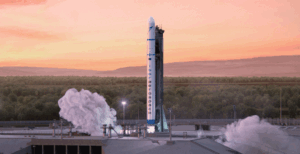
German launch startup Isar Aerospace has signed a contract with OroraTech to launch the company's wildfire-monitoring cubesat constellation.
Targeted launch date for Webb: 18 December 2021
Wednesday, 08 September 2021 12:00
ESA, NASA and Arianespace have jointly defined 18 December 2021 as the target launch date for Ariane 5 flight VA256. This third Ariane 5 launch of 2021 will fly the James Webb Space Telescope to space from Europe's Spaceport in French Guiana.
Webb flies Ariane animation
Wednesday, 08 September 2021 12:00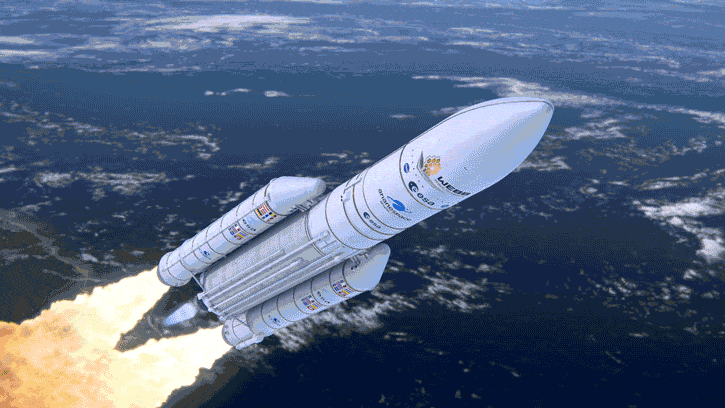 Image:
Image:
Artist's animation of the James Webb Space Telescope (Webb), folded in the Ariane 5 rocket during launch from Europe's Spaceport in French Guiana.
Webb is the next great space science observatory, designed to answer outstanding questions about the Universe and to make breakthrough discoveries in all fields of astronomy. Webb will see farther into our origins – from the formation of stars and planets, to the birth of the first galaxies in the early Universe.
Working with partners, ESA was responsible for the development and qualification of Ariane 5 adaptations for the Webb mission and for the procurement
NASA Readies James Webb Space Telescope for December Launch
Wednesday, 08 September 2021 11:59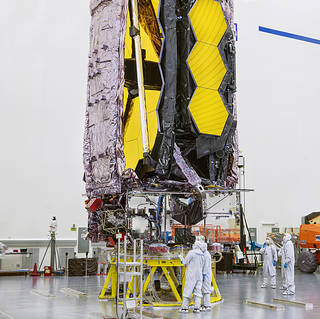 NASA plans to launch the James Webb Space Telescope into orbit Dec. 18, 2021, to serve as the premier deep space observatory for the next decade.
NASA plans to launch the James Webb Space Telescope into orbit Dec. 18, 2021, to serve as the premier deep space observatory for the next decade. Watch live: Matthias Maurer speaks to media in Europe
Wednesday, 08 September 2021 11:34
ESA astronaut Matthias Maurer will soon be launched to the International Space Station for his first mission, ‘Cosmic Kiss’. Tune in to ESA Web TV from 9:00 CEST (8:00 BST) to 10:00 CEST (9:00 BST) Thursday 9 September to watch his pre-launch news conference and learn what awaits him in orbit.
South Korea to spend $593 million on public-to-private transfer of rocket technologies
Wednesday, 08 September 2021 11:23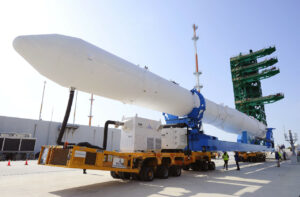
Starting next year, South Korea’s government will transfer state-owned space launch vehicle technologies to domestic aerospace companies in a move to help them penetrate an expanding global space launch market.
Commercial rocket permit granted for South Australia launch this Friday
Wednesday, 08 September 2021 08:33 The Australian Government has given regulatory approval for a commercial rocket launch to take place from a newly licensed launch facility in South Australia.
Taiwanese company tiSPACE will conduct a test flight of its Hapith I - a 10m, two-stage, sub-orbital rocket - from the Whalers Way Orbital Launch Complex, which is operated by Southern Launch. The launch is now scheduled to take plac
The Australian Government has given regulatory approval for a commercial rocket launch to take place from a newly licensed launch facility in South Australia.
Taiwanese company tiSPACE will conduct a test flight of its Hapith I - a 10m, two-stage, sub-orbital rocket - from the Whalers Way Orbital Launch Complex, which is operated by Southern Launch. The launch is now scheduled to take plac Lack of critical technology restricts India's anti-satellite capabilities: IAF Vice Chief
Wednesday, 08 September 2021 08:33 In 2019, India successfully carried out an anti-satellite (ASAT) test in which a ballistic missile defense interceptor destroyed a state-owned Microsat-R satellite in a flight that lasted just over half a minute.
Two years after the government dubbed the ASAT test a success, Air Marshal Vivek Ram Chaudhari, Vice Chief of the Indian Air Force (IAF), divulged that the country lacks the indig
In 2019, India successfully carried out an anti-satellite (ASAT) test in which a ballistic missile defense interceptor destroyed a state-owned Microsat-R satellite in a flight that lasted just over half a minute.
Two years after the government dubbed the ASAT test a success, Air Marshal Vivek Ram Chaudhari, Vice Chief of the Indian Air Force (IAF), divulged that the country lacks the indig Kleos secures A$12.6 million to grow constellation
Wednesday, 08 September 2021 08:33 Kleos Space S.A, a space-powered Radio Frequency Reconnaissance data-as-a- service (DaaS) company, has secured A$12.6 million (equivalent to 9.3 million USD) from new and existing institutional and sophisticated investors in Australia and the U.S. via a Placement of approximately 14,823,529 new CHESS Depositary Interests over Kleos ordinary shares (CDIs) at A$0.85 (~0,63 USD) per CDI (Placement)
Kleos Space S.A, a space-powered Radio Frequency Reconnaissance data-as-a- service (DaaS) company, has secured A$12.6 million (equivalent to 9.3 million USD) from new and existing institutional and sophisticated investors in Australia and the U.S. via a Placement of approximately 14,823,529 new CHESS Depositary Interests over Kleos ordinary shares (CDIs) at A$0.85 (~0,63 USD) per CDI (Placement) AFRL's Aerospace Systems Directorate granted patent for innovative control surfaces technology
Wednesday, 08 September 2021 08:33 Researchers from the Air Force Research Laboratory's Aerospace Systems Directorate recently secured a patent for their control surface technology after successfully developing and demonstrating additively manufactured, multi-material conformal control surfaces for aircraft wings.
"This technology is a method for designing a smooth, morphing aileron for an aircraft wing, where the aileron c
Researchers from the Air Force Research Laboratory's Aerospace Systems Directorate recently secured a patent for their control surface technology after successfully developing and demonstrating additively manufactured, multi-material conformal control surfaces for aircraft wings.
"This technology is a method for designing a smooth, morphing aileron for an aircraft wing, where the aileron c Adding foreign atoms to graphene does wonders to boost its properties
Wednesday, 08 September 2021 08:33 Few materials have stolen the limelight like graphene. Since its discovery, graphene has become the go-to for nearly any technology out there, thanks to its exceptional properties such as high surface area, chemical stability, and high mechanical strength and elasticity.
However, despite its seemingly limitless applications, graphene's potential remains underutilized due to several factors
Few materials have stolen the limelight like graphene. Since its discovery, graphene has become the go-to for nearly any technology out there, thanks to its exceptional properties such as high surface area, chemical stability, and high mechanical strength and elasticity.
However, despite its seemingly limitless applications, graphene's potential remains underutilized due to several factors Elon Musk's Tesla Bot raises serious concerns - but probably not the ones you think
Wednesday, 08 September 2021 08:33 Elon Musk announced a humanoid robot designed to help with those repetitive, boring tasks people hate doing. Musk suggested it could run to the grocery store for you, but presumably it would handle any number of tasks involving manual labor.
Predictably, social media filled with references to a string of dystopian sci-fi movies about robots where everything goes horribly wrong.
As tr
Elon Musk announced a humanoid robot designed to help with those repetitive, boring tasks people hate doing. Musk suggested it could run to the grocery store for you, but presumably it would handle any number of tasks involving manual labor.
Predictably, social media filled with references to a string of dystopian sci-fi movies about robots where everything goes horribly wrong.
As tr EC Commissioner Breton visits ESTEC
Wednesday, 08 September 2021 08:33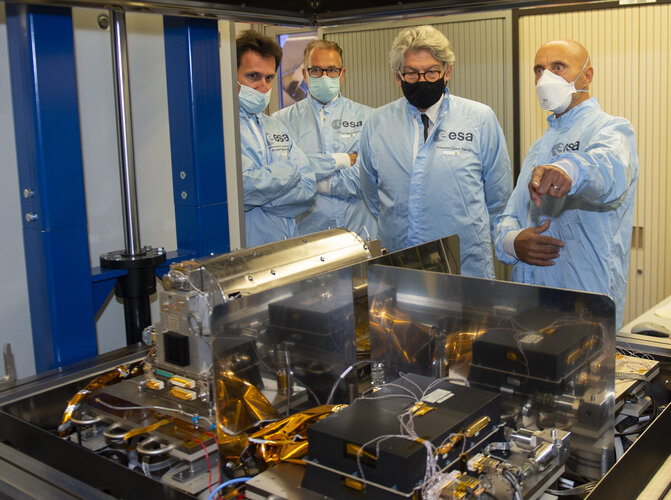 Image:
EC Commissioner Breton visits ESTEC
Image:
EC Commissioner Breton visits ESTEC 